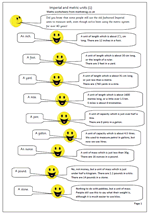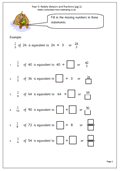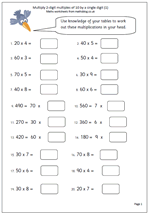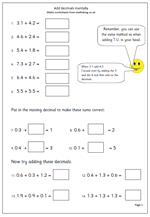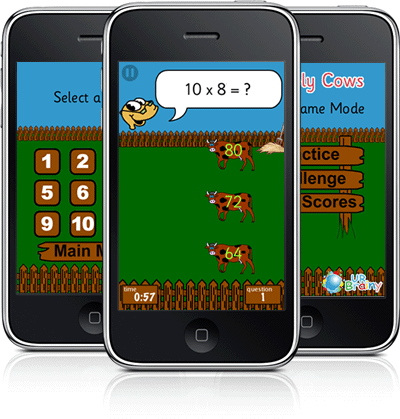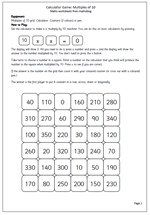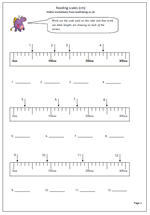 Next week our free maths resources are very much to do with counting and number.
Next week our free maths resources are very much to do with counting and number.
Firstly we have a page on revising counting back in whole tens from any 2-digit or 3-digit number. Some children still find this difficult in Year 3, especially when it involves crossing a hundreds boundary. If children do find this hard it is well worthwhile going back to a large number square and making sure that they are confident with counting on, crossing the hundreds boundary.
We also have something harder for those who are getting to grips with written methods of subtraction. Using written methods of subtraction can prove quite tricky with money as it involves decimals. It is important to lay the question out in the standard way, even if it is shown horizontally or just as a written problem and most importantly, to keep the decimal points in a line.
We also have another page on multiplying mentally. There are some definite dos and don’ts when it comes to multiplying decimals ‘in your head’, which Year 6 children should be well aware of as they approach going on to High School.
To multiply by 10 move each digit one place to the left, including tenths to the units, if necessary.
To multiply by 100 move each digit two places to the right.
